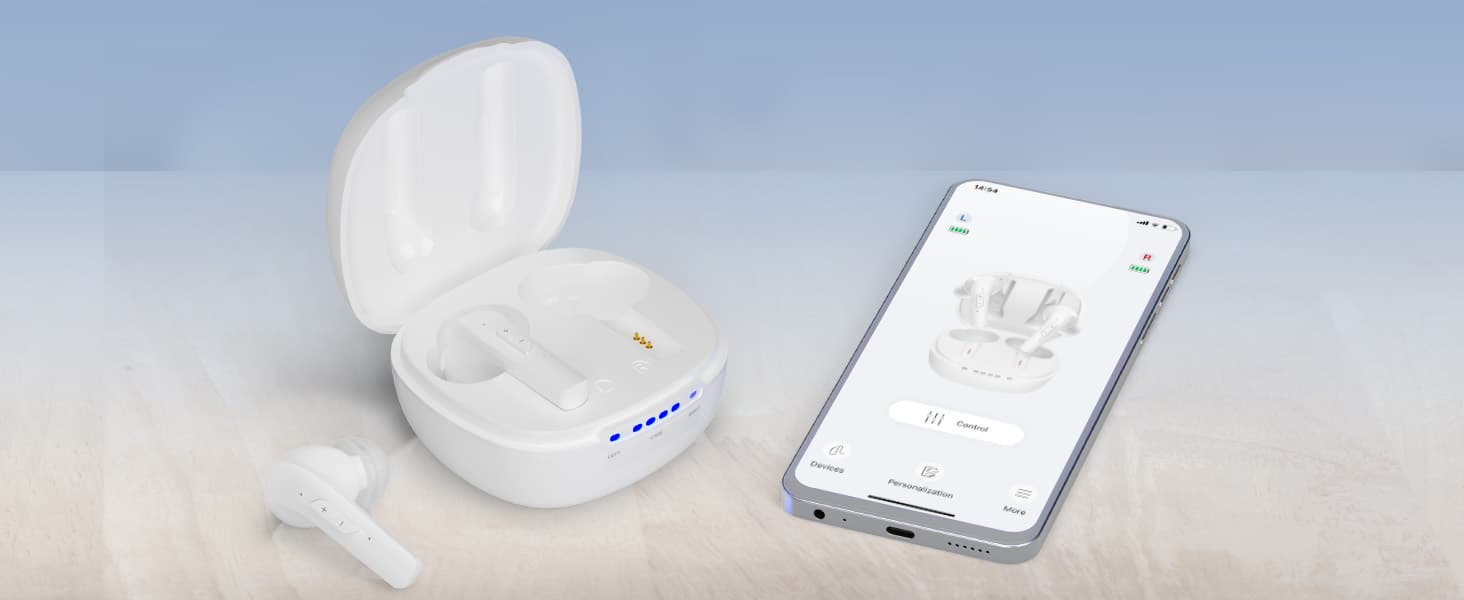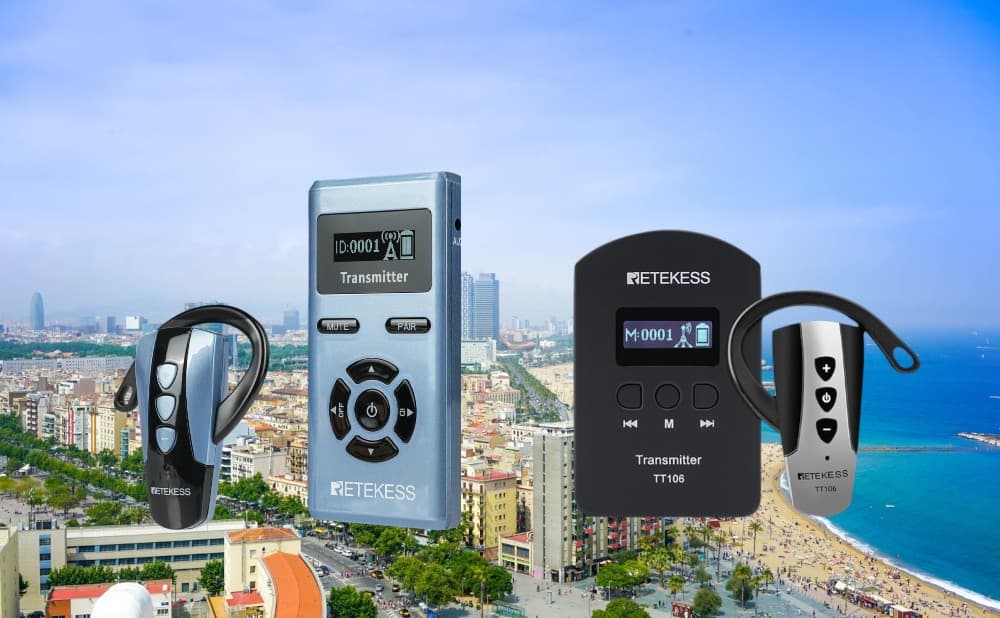Blog Detail
Table of Contents

Memory Function on Retekess HearingSense 1, More Convenient Use
- Retekess
- Dec 19, 2024
- 0 Comments
Hearing aids have come a long way in enhancing the auditory experience for individuals with hearing loss. Among the innovative features offered by the Retekess HearingSense 1 is its memory function, which, combined with its in-ear detection system, significantly boosts user convenience. In this post, we will explore the benefits of this memory function and explain how it works.
Benefits of Memory Function on Retekess HearingSense 1
One of the most notable advantages of the memory function in the HearingSense 1 over-the-counter hearing aid is its ability to record personal settings. This feature allows the device to memorize the volume and mode settings each user prefers, thereby eliminating the need for repetitive adjustments. For elderly users or those with hearing loss, this means less hassle when wearing hearing aid again—simply put it on, and the device is ready to go with their preferred settings. This ensures a smooth and seamless listening experience.

How Does the Memory Function Work?
Retekess HearingSense 1 is equipped with four distinct modes: normal, noise-cancellation, outdoor, and music. Additionally, it offers an 11-level volume adjustment to cater to various environments. However, continually adjusting these settings can be cumbersome for users, especially when switching between different listening environments.
Fortunately, the memory function addresses this issue adeptly. Before turning off the device, HearingSense 1 bluetooth hearing aid automatically saves the last mode and volume settings used. When the user puts the hearing aid back on, they don’t have to readjust everything manually—this level of convenience makes a significant difference, especially for those who may struggle with memory.

Conclusion
The memory function on the HearingSense 1 self-fitting hearing aid significantly enhances the convenience of use, making it an excellent choice for individuals with hearing loss or the elderly. By automatically recording user preferences and eliminating the need for constant adjustments, this innovative feature ensures that users can enjoy a personalized and user-friendly hearing experience at all times.






















Comments (0)